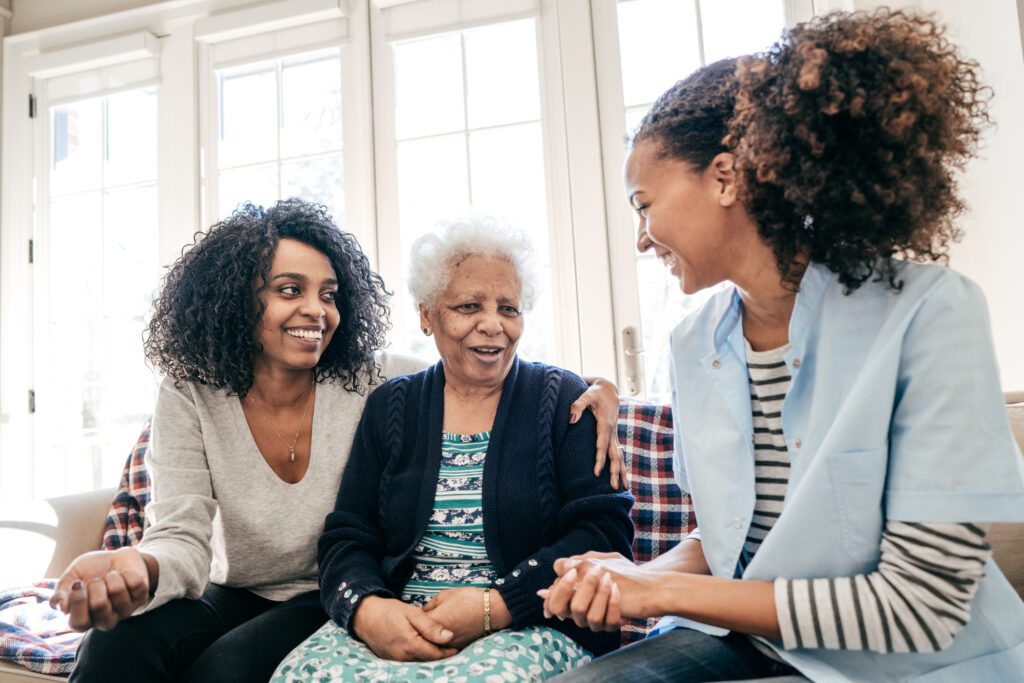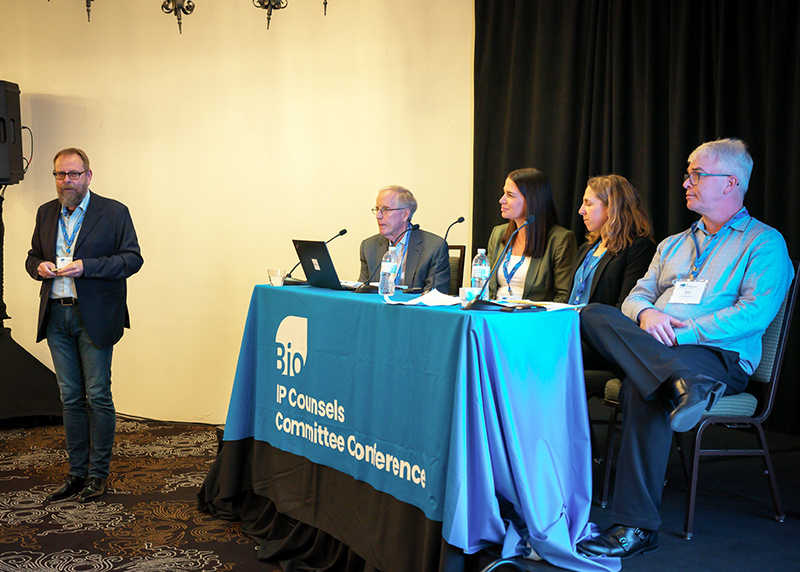Over 75% of clinical trial participants in the U.S. are white. This historical statistic has held true even today, even though the American population is becoming more and more diversely represented in healthcare.
This statistic poses a foundational problem when it comes to drug development. “Clinical trials are a driving force behind scientific innovation,” explains Marvell Adams Jr., Chief Executive Officer at the Caregivers Action Network (CAN), “whether it’s treatments, medications, or drugs for a whole host of diseases.”
While many are working to solve this problem through education—education of healthcare providers, of industry, of patients—one group is often forgotten when it comes to their role in improving clinical trial diversity: patient caregivers.
For National Family Caregivers Month, CAN is looking to flip the script on how clinical trial diversity can be improved, namely by highlighting the role of those taking care of patients at home.
What are some of the statistics around clinical trial diversity, what role does education and outreach play, and how can caregivers be the linchpin that the healthcare industry needs to succeed? We explore these questions with CAN.
Clinical trial diversity, by the numbers
Unfortunately, across almost every clinical trial metric, diversity is lacking.
For example, when it comes to Alzheimer’s and dementia research and clinical trial participation, nearly 90% of participants are white, even though Black and Hispanic populations face a 1.5 to 2 times higher risk of developing these conditions.
“The Black community is disparately impacted by diabetes, heart disease, and Alzheimer’s disease, but when looking historically at clinical trials and treatments that are being developed, there is under-representation from those groups in development of those treatments,” Adams explains.
The poor statistics do not improve when it comes to clinical trials in oncology, which have lower participation in general.
“Despite the importance of clinical trials, overall participation levels remain low (2%-8% of adults with cancer),” states a study published in the Journal of Clinical Oncology, “although most people who participate in cancer clinical trials report favorable views of their experience. People enrolled in trials tend to be younger, healthier, and less racially/ethnically and geographically diverse than people seen in clinics.”
These disparities are a problem when it comes to the development of drugs, treatments, and therapeutics for all of us.
“The consequences of collecting unrepresentative data are well-known,” explains Acclinate, a company focused on improving clinical trial diversity. “Several studies have illustrated the harms caused by a lack of diversity in clinical trials, including less effective medical interventions, poorer health equity in pharmaceutical practices, billions of dollars in economic losses, and more.”
Education on the benefits of clinical trials
Education and outreach are paramount when it comes to addressing clinical trial diversity.
“Our priorities are really around education,” says Adams. “So that means education of organizations that actually conduct clinical trials, pharmaceutical companies, and providers that may be a referral point for clinical trials. We educate them on the barriers we see to increasing representation in clinical trials.”
Education is a far more complex and nuanced process than many realize. For example, it is not enough to tell a provider that they need to recruit more diverse patients, as Reggie Ware, the CEO of Blackdoctors.org (BDO), explained to Bio.News in 2023. Doctors need to fundamentally learn how to speak the language of their patients.
“For a Black patient, if a doctor simply comes in and asks, ‘How are you doing?’ They are likely going to answer, ‘Good, I’ve been good.’ And the doctor says, ‘OK, great, I guess we don’t have much to worry about then,’” Ware said.
“What the doctor is not understanding in this scenario is that the patient is not going to be immediately open and honest and communicate the real problems. That is because the community comes from a common point of distrust, or maybe they lack understanding about how to talk about their health issues, or maybe they’re just not comfortable. So doctors have to do the extra work and ask direct, clear questions, as well as be curious as to how their Black patients are really doing,” he explained.
CAN builds upon this understanding, noting that it is just as important to be able to speak the language of a caregiver as a patient. “We are primarily reaching out to caregivers because they are the bridge to shared decision-making with their loved one,” explains Adams.
“The conversation with caregivers is around them having a firmer understanding of what opportunities exist within clinical trials, how to engage because in many instances, particularly when you’re talking about brain health and mental health clinical trials, the caregiver is heavily involved because of the impact that the disease has on their care recipient,” he says.
And therein lies the importance of what CAN does when it comes to improving clinical trial diversity. Caregivers are in a unique position where they can easily be attached to every point of care on the healthcare-to-patient spectrum and are, therefore, an undeniably valuable resource in improving clinical trial diversity.
But to best do that, as Adams notes, caregivers have to self-identify in order to be successful partners.
When caregivers say, “I care…”
CAN’s “I CARE…” campaign is aimed at showing caregivers the benefit of self-identification.
“In the U.S., more than half of those providing care don’t recognize themselves as caregivers,” writes CAN. “As a result, many do not access the tools that can alleviate caregiving stress. To address the caregiving crisis nationwide, we must help individuals identify themselves as caregivers and connect them with resources that can make a difference.”
“Our theme of ‘I CARE…’ is really a critical step in everything regarding clinical trials as well,” Adams explains. “Today, CAN is pushing information about the role of caregivers and clinical trials—if you don’t recognize yourself as a caregiver, or someone is in that role of influence, then you’re less likely to be attuned to that information or absorb it.”
Not to mention if a patient is participating in a clinical trial for a disease resulting in distinct physical and/or cognitive decline, like ALS, dementia, or Alzheimer’s, caregivers are required to participate to ensure adherence to the trial.
“Everything we do begins with caregivers seeing themselves as such, whether they call it caregiver, care partner, mother, brother, cousin, neighbor—no matter what that formal title may be between them,” Adams concludes. “We help our partners recognize that someone mowing their lawn is a caregiver just as much as someone that is picking up medication from the pharmacy, or someone that is educating themselves on clinical trials and following through with influencing or helping to share decision making with their loved one.”
When it comes to making clinical trials more diverse, as Adams explains, caregivers prove that it takes a village.




